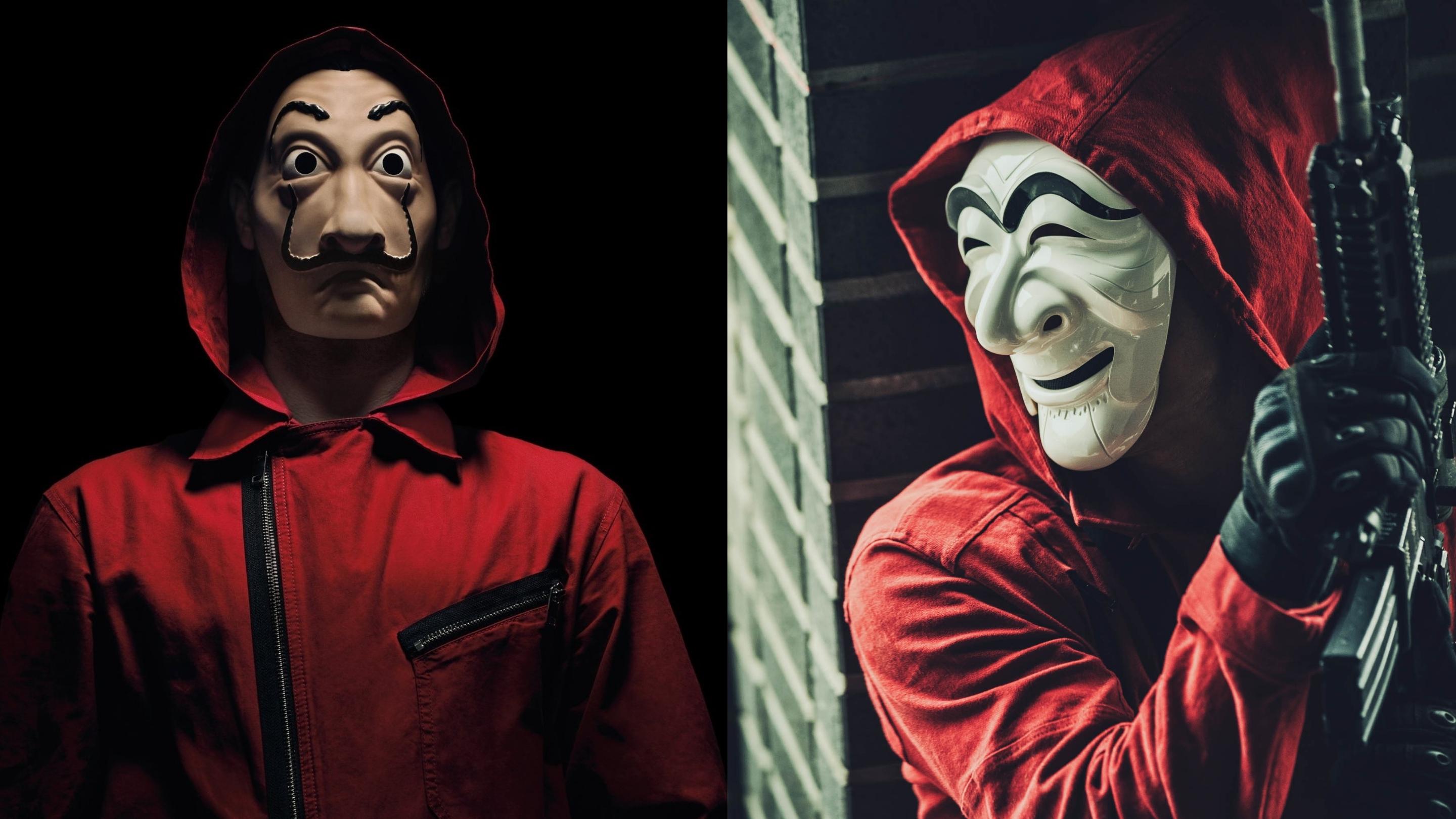The masks in ‘Money Heist: Korea’ are inspired by traditional Korean Hahoe masks
In case you’re wondering, the masks donned by the characters in Money Heist: Korea - Joint Economic Area wasn’t a copy of the iconic Dali mask in La Casa De Papel.
Instead, Park Hae-soo (Berlin) and Jeon Jong-seo (Tokyo) revealed at the media conference that the masks were inspired by traditional Korean Hahoe masks worn by ceremonial dancers in the mid-12th century.
“In Spain, the Dali mask was used to send the message of freedom and in Korea, we used the Hahoe mask from the Andong area and it has significance to it,” Hae-soo said.
The Hahoe Mask, also known as Hahoetal Mask, has a lot of significance in South Korean culture. An Arirang documentary described it as a traditional artifact worn by ceremonial dancers in the Hahoe Folk Village, Andong as a ritual that promotes “peace and abundant harvest.”
To add, The Korea Herald said it’s a mask used in the Andong Hahoe Byeolsingut Talnori or Hahoe mask dance where performers boldly defy the “social elite” through a “multitude of outrageous things.”
“[The Hahoe mask] embodies the criticism of the powerful and it has a sense of humor as well. When the mask was first brought to me, I actually felt this sense of overwhelming power when the mask is worn by every member of the cast,” Hae-soo shared.

Jong-seo admitted that she was “surprised” about the Hahoe mask since it “sends a sense of humor and mystery” to the viewers.
“When we saw the mask, I was really surprised because it’s not a plain-looking mask, it has a big smile on it and sends a sense of humor and at the same time sends a sense of mystery as well. It has a multi-layered meaning to it and I was feeling really intrigued by the mask,” Jong-seo added.
In the mid-12th century, the Hahoe mask is said to be an “opportunity” for the lower class to mock, insult, and make fun of the Yangban ruling class. The ceremonial dances vary depending on the type of performance but it’s usually used as a protest against “hypocrisy and greed.”

One of the masked dance performances is based on a legend of a bachelor from the Goryeo Dynasty who’s determined to save his village and pandemic, as mentioned in The Korea Herald’s report.
The mask is made of wood and it’s used in ancient rituals to ward off evil spirits, pray to the Gods, and perform shamanistic acts.
“[The Hahoe mask] has different angles from the center and from the side as well. I mean, the look that the mask is portraying from different angles may seem quite different, so that is something that I was intrigued by,” Hae-soo said.
Based on traditional Korean performances, the Hahoe mask has 13 variations, namely, the bachelor (cheongkak), aristocrat (yangban), aristocrat’s servant (cheoraengi), butcher (paekjung), old man (ttoktari), tax collector or civil servant (pyeolchae), old woman (halmi), young woman or bride (kaksi), concubine (punae), Buddhist monk (chung), winged lions (chuji), teacher (sonpi), and teacher’s servant (imae).


